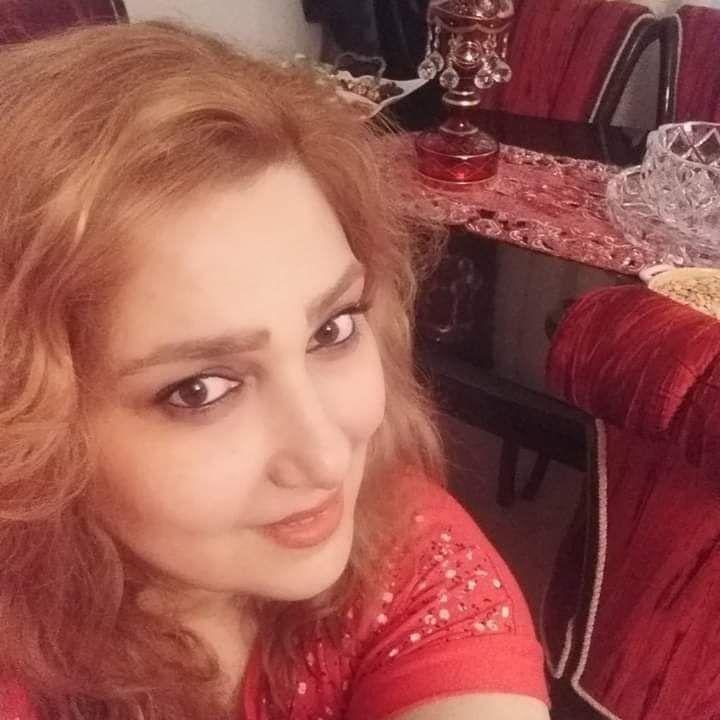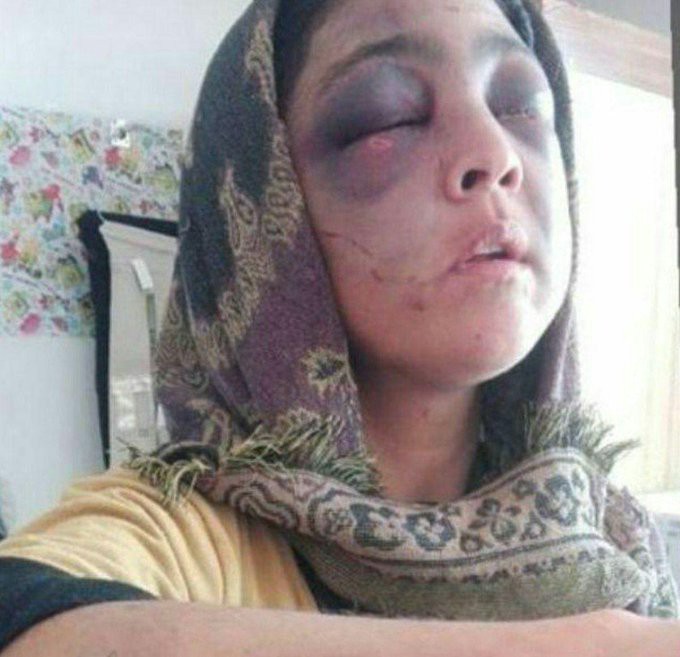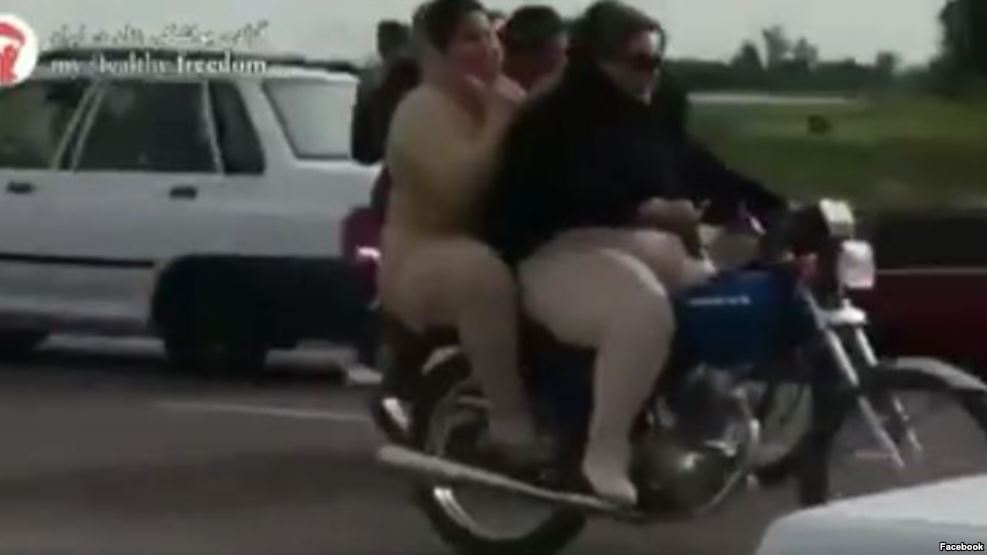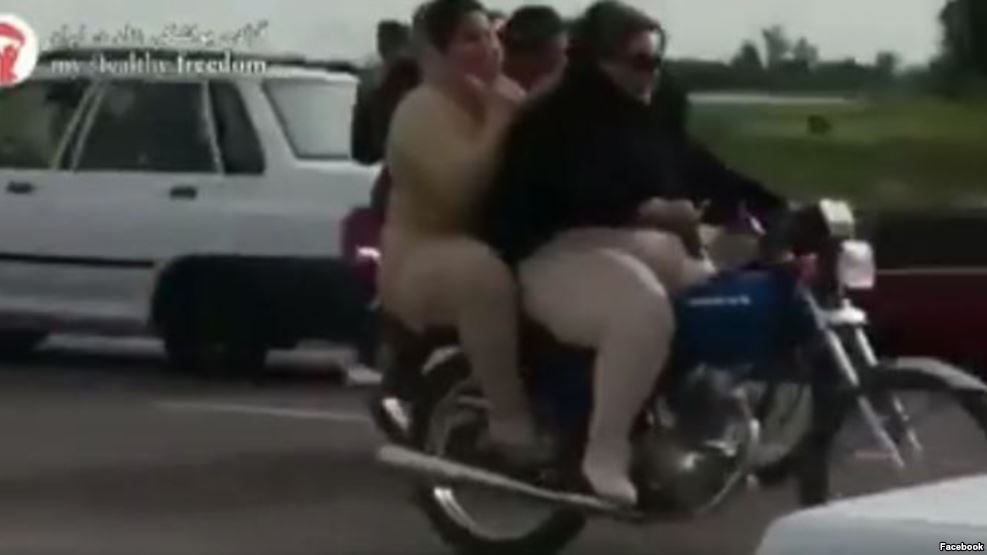The misogynist ideology promoted by the mullahs’ regime ruling Iran is the main reason behind an unfortunate phenomenon known as “honor killings” that have long plagued this country.
Two new cases of “honor killings” in Iran under the mullahs’ regime. This includes Reyhaneh Ameri, 22, killed on June 15 by her father with an ax for coming home late; and Fatemeh Barihi, 19, beheaded by her husband.
In late May, Romina Ashrafi, 13, was beheaded in her sleep by her own father. These innocent women are the victims of honor killings in Iran which are sanctioned & institutionalized by the laws of the clerical regime.

The story of Reyhaneh Ameri
Reyhaneh’s sister went to her parents’ home on Monday at around 8:30 or 9 am. When she entered there was no one home and Reyhaneh’s room was locked. She knocks constantly and no one answers. She notices the rugs are in disarray. A few minutes later her father comes home.
Her mother says when left the house in the morning Reyhaneh was still in her room & her door was open. Then she tells her daughter what happened the night before. Reyhaneh had returned home at around 11:30 pm & had a quarrel with her father. After that she went to her room.

Reyhaneh’s father tells his wife, “One day I will kill that girl!”
In 2017 he once tried to kill her and severely beat her with a stick, leaving her entire body swollen. Reyhaneh’s arms & leg were broken & her sister intervened to save her life.
Reyhaneh’s sister becomes nervous & says something might have happened to her. Reyhaneh’s mother and sister finally open her door & see the room in a mess. All her clothes are on the floor. Her mother begins to gather up the clothes, only to see they are wet.

When she pulls the clothes aside Reyhaneh’s mother sees the middle of the room is full of blood. There is blood also on the walls. They call the police. When they arrive, the officers see blood under the rugs. They believe Reyhaneh was dragged from her room to a car.
Reyhaneh’s father had many axes and they realize one of them is not in its place. They start thinking he may have used it to attack Reyhaneh. While the police wait for Reyhaneh’s father to come back home, they track Reyhaneh’s mobile phone to a deserted area.
The tracking device shows the location near the village of Ekhtiar Abad, a 15-min drive from the city of Kerman in south-central Iran. When Reyhaneh’s father comes home he is immediately arrested by the police. He is angry and denies knowing anything.

The trunk of his car was full of blood. So was the back license plate. Reyhaneh’s father is arrested and her mother is sent to a hospital. They search for Reyhaneh until 11 pm. Her father wouldn’t say anything other than that it wasn’t him & he hadn’t killed Reyhaneh.
At 11 pm he says with a smile that he did kill Reyhaneh with a blow of his ax to her head, and left her body in an open area near the city of Kerman. When they find Reyhaneh she was dead. Physicians at the forensics said she was alive until 9 pm. She was suffering for hours.
The story of Fatemeh Barihi
Fatemeh was forced to marry to her abusive cousin at the age of 17. She was beheaded by her husband. State media justified this heinous murder by writing this is the result of Fatemeh fleeing her husband & betraying him the day after their marriage.

This is the regime’s attempt to justify this killing under the mullahs’ laws that allow men to kill his wife in case of adultery. One of Fatemeh’s relatives has spoken out & shed light on the truth.
A few years ago Fatemeh’s sister was forced to marry a few years ago (Fatemeh’s future brother-in-law). The result was nothing but being beaten by her husband, a miscarriage due to blow to her body, and finally, a woman without any hope in life. Fatemeh didn’t want this.
Fatemeh’s husband was more of the same & she was constantly under physical & psychological pressure. As a result, with the help of a friend, Fatemeh fled her husband a few months into their marriage & goes to the city of Mashhad in northeast Iran.

Some time later Fatemeh’s father finds her (how, it is not certain) & returns her to Abadan, southwest Iran. Her father remembers how they his own sister was beheaded. She was accused of adultery for seeking a divorce from her husband who was sentenced to life in jail.

Therefore, seeking an “easier death,” he poisons Fatemeh. But Fatemeh’s mother finds out & saves her life. Fatemeh was then taken to a river & beheaded. It is said that since Fatemeh’s father will not seek justice due to his fear. Fatemeh’s murderer will walk free.
The story of Somayeh Fat’hi
According to the Hengaw human rights organization, Somayeh Fat’hi, an 18-year old woman from the city of Kermanshah, western Iran, was murdered by her father, brother and other family members in what is being described as an “honor killing.” Somayeh was reportedly married and pregnant and was poisoned on Thursday, June 18, due to having “contact with a young man.”
The family has not held a ceremony and “none of the murderers were arrested,” according to the Hengaw report. It is also worth noting that state police officials have denied reports of Somayeh Fat’hi being killed.
This is the fifth case of women being killed in “honor killings” by their fathers, brothers or husbands during the past few weeks. The exact number of such acts of murders in Iran are not declared by officials and state institutions. However, back in December 2019 the state-run ISNA news agency issued a report citing university research saying “around 375 and 450 honor killings” are taking place each year across Iran.
This reports further adds that “honor killings” add up to around 20 percent of all murders in Iran and 50 percent of family-related murders.
Increasing number of cases
There are reports of new cases being reported from across Iran.
Hajareh Hossein-bor was murdered on May 4 by her husband. Her digestive tract had been burned by acid forced down her throat. She was unconscious and could hardly breathe. Her body was found with her head full of thorns, and both her arms and hands had been pounded by stones.

There are also reports that Leyla Farrokhi has recently been killed by her husband in the city of Karaj, west of the Iranian capital Tehran. Her husband then committed suicide. Their 19-year old daughter, witness to this tragedy, is reportedly injured.

There are also cases of women being severely beaten by their husbands.
This 22-year old woman was beaten and tortured by her 80-year old husband! The man literally attacked his wife with a hot metal rod for not working in their farm! Reports indicate neighbors helped the beaten young woman and her 5-year old son flee to find refuge.

This lady’s husband — a drug-addict for a few years according to sources — had been transferred to a rehabilitation camp by members of his family and those of his wife’s. However, when the husband returns home he takes his wife to a deserted field and nearly beats her to death. Due to the severity of his wife’s injuries he takes her to a hospital on June 4.
Unfortunately, murder and domestic violence takes place everywhere in our world.
But in Iran, the laws of the mullahs’ regime literally support murderers, allowing them to pre-plan and kill their female family members, knowing they can walk free.
In Iran under the mullahs’ regime, violence against women, domestic violence and honor killings have not been criminalized in the so-called Constitution and other laws of the clerical regime in Iran. In fact, they are sanctioned and institutionalized.
Such honor killings and shocking tragedies are the tragic result of the mullahs’ misogynistic laws. Laws that do not criminalize violence against women, including domestic violence, serve to perpetuate it.
The adoption of such hideous and medieval laws, as well as unfair trials, all come into play following four decades of miseries and misfortunes the mullahs’ regime has imposed on the people of Iran.
What’s the solution?
Regime change in Iran by the people of Iran. No need for a new war, nor even a single dollar to be spent. Supporting the Iranian people and recognizing their right to establish a free and democratic Iran that fully recognizes human rights for all, regardless of gender, faith, race, and ethnicity.


































 Mullah Movahedi Kermani, head of the so-called “Enjoining Good and Forbidding Wrong” office in Tehran revealed how the Iranian regime is terrified of social media in Iran and the People’s Mojahedin Organization of Iran gaining further support amongst the youth.
Mullah Movahedi Kermani, head of the so-called “Enjoining Good and Forbidding Wrong” office in Tehran revealed how the Iranian regime is terrified of social media in Iran and the People’s Mojahedin Organization of Iran gaining further support amongst the youth.


